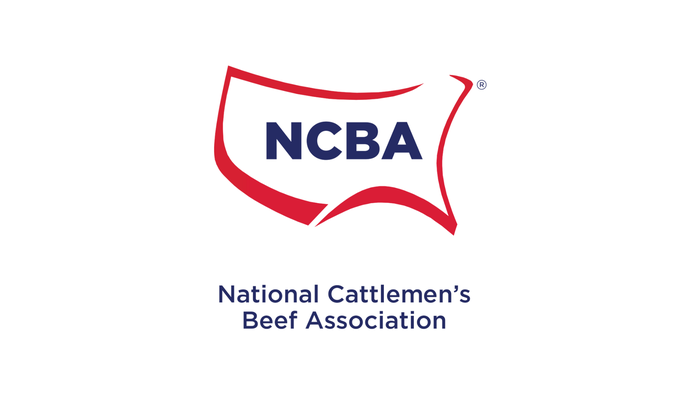Farm Business Management
More Topics
thumbnail
Farm Business Management
Goal setting reduces stress, increases confidenceGoal setting reduces stress, increases confidence
Goal setting establishes checkpoints along the way where we can assess if we are headed on the right path or not.
Subscribe to Our Newsletters
BEEF Magazine is the source for beef production, management and market news.













.jpg?width=300&auto=webp&quality=80&disable=upscale)











.png?width=300&auto=webp&quality=80&disable=upscale)
.png?width=300&auto=webp&quality=80&disable=upscale)











